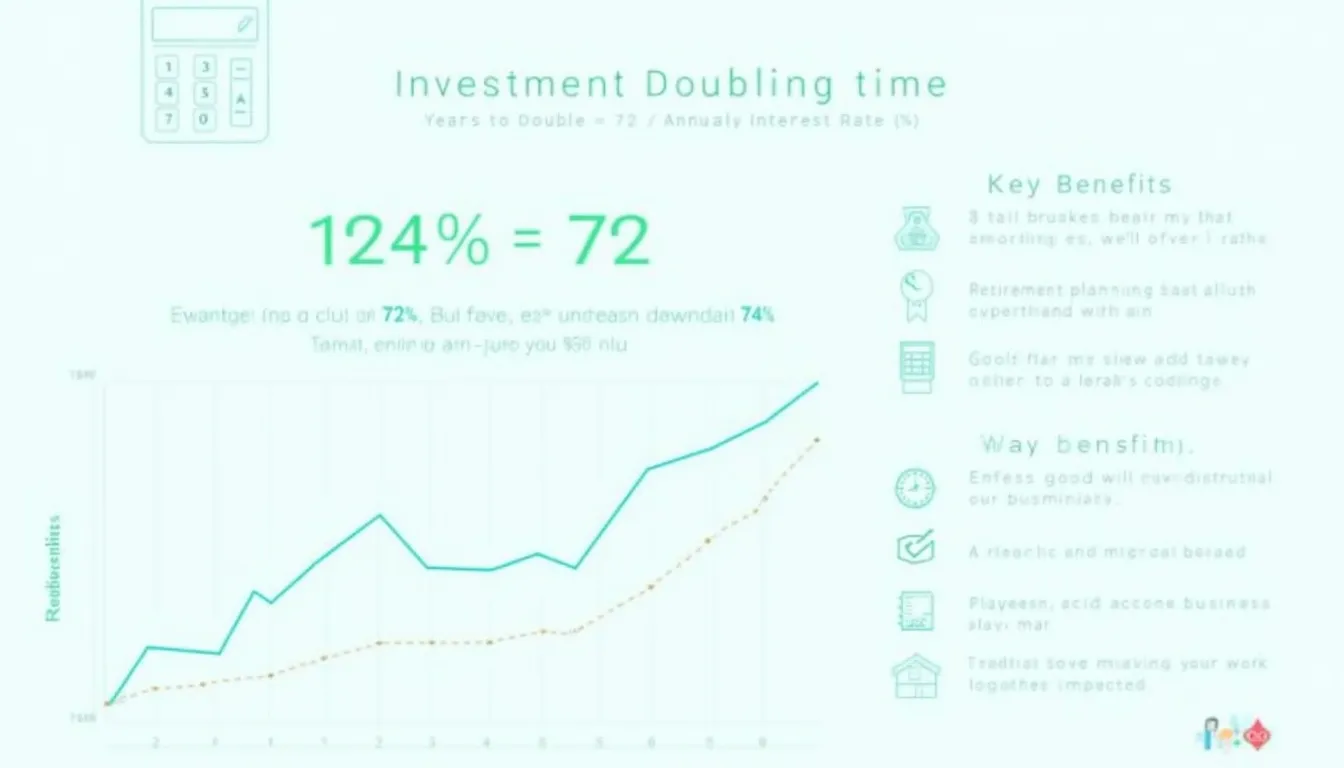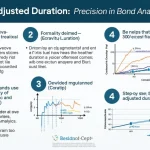Rule of 72 Calculator
Is this tool helpful?
How to use the tool
1. Type an Interest Rate (%)—for instance 4.25 or 12. 2. Press Calculate. 3. Read the result showing how many years it takes for your investment to double.
Formula behind the calculator
The JavaScript applies the classic Rule of 72:
$$\text{Years to Double}= rac{72}{\text{Annual Rate (\%)}}$$
Example calculations
- 4.25 %: $$ rac{72}{4.25}=16.94\text{ years}$$
- 12 %: $$ rac{72}{12}=6.00\text{ years}$$
Quick-Facts
- Most accurate between 6 %-10 % rates (Investopedia, https://www.investopedia.com/terms/r/ruleof72.asp).
- Error stays under 1 % at 8 % interest (CFI, https://corporatefinanceinstitute.com/resources/knowledge/finance/rule-of-72/).
- Formula assumes annual compounding; monthly compounding shortens doubling time (Page Title, https://www.sec.gov/education).
- Average U.S. savings rate was 0.47 % in 2023, implying a 153-year double (FDIC, https://www.fdic.gov/resources/bankers/national-rate).
FAQ
What is the Rule of 72?
The Rule of 72 is a mental shortcut that estimates doubling time by dividing 72 by an annual compound rate (Investopedia, https://www.investopedia.com/terms/r/ruleof72.asp).
Why does the tool divide by 72 and not another number?
Seventy-two has many small divisors, making head-math simple while keeping error below 1 % near 8 % returns (CFI, https://corporatefinanceinstitute.com/resources/knowledge/finance/rule-of-72/).
How accurate is the estimate?
At 8 % interest the estimate is off by only 0.1 year; error grows past 20 % rates (Benke, 2021).
Can I use it for inflation?
Yes—enter the inflation rate to see when purchasing power halves; at 3 % inflation it takes ~24 years (BLS CPI Calculator, https://www.bls.gov/data/inflation_calculator.htm).
Does compounding frequency matter?
More frequent compounding slightly reduces doubling time; “monthly compounding accelerates growth compared with annual” (SEC Investor Bulletin, https://www.sec.gov/education).
How do taxes and fees change the result?
Subtract expense ratios or taxes from the nominal rate before input; a 10 % return less 2 % fees doubles in $$ rac{72}{8}=9$$ years instead of 7.2 (Morningstar, 2022).
Is the Rule of 72 valid for negative rates?
No. Negative or zero rates never double money; the formula only applies to positive compound growth (Investopedia, https://www.investopedia.com/terms/r/ruleof72.asp).
Where is the Rule of 72 most useful?
It excels in quick comparisons of CDs, mutual funds, or loan interest without calculators, aiding on-the-spot decisions (Kiplinger, 2023).
Important Disclaimer
The calculations, results, and content provided by our tools are not guaranteed to be accurate, complete, or reliable. Users are responsible for verifying and interpreting the results. Our content and tools may contain errors, biases, or inconsistencies. Do not enter personal data, sensitive information, or personally identifiable information in our web forms or tools. Such data entry violates our terms of service and may result in unauthorized disclosure to third parties. We reserve the right to save inputs and outputs from our tools for the purposes of error debugging, bias identification, and performance improvement. External companies providing AI models used in our tools may also save and process data in accordance with their own policies. By using our tools, you consent to this data collection and processing. We reserve the right to limit the usage of our tools based on current usability factors.







